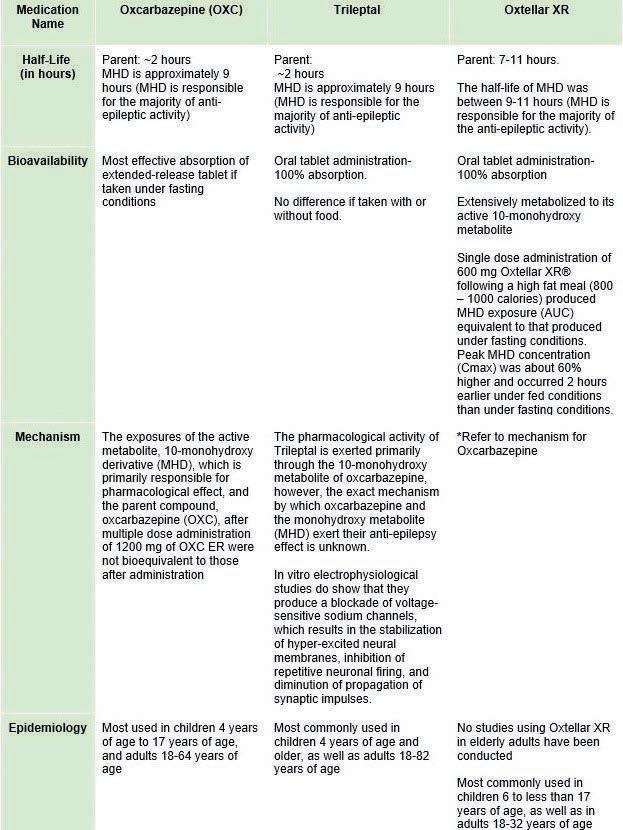Scholarly Research In Progress • Vol. 5, November 2021
Preventability Associated with Elevated Maternal Mortalities Among Black Women Colleen G. Jordan1*, Sophia A. Klevan1*, Kendra C. Benn-Francis1*‡, Ofonime E. Emah1*‡, and Amy L. Kennalley1*‡ ¹Geisinger Commonwealth School of Medicine *Master of Biomedical Sciences Program ‡ Authors contributed equally Correspondence: cjordan02@som.geisinger.edu
Abstract Background: Maternal mortality is defined as the deaths of women during pregnancy while giving birth or soon after birth. The United States is the only developed country having a continuous rise in maternal mortality, with Black women being at the highest risk compared to other racial and ethnic groups. Methods: Data from the CDC WONDER database was used to analyze preventability associated with maternal mortality among Black women from ages 15 to 55 between the years 2010 to 2019. Demographic statistics such as age, year, and geographic location were utilized to complete this analysis. Only preventability associated with antenatal and perinatal maternal deaths among Black women in the United States was examined. Results: From 2010 to 2019, Black women in the United States experienced statistically significant increasing rates of preventable maternal mortality (p < 0.05); statistically significant association was indicated with age group (AMA and non-AMA) (p < 0.005) and geographic location (urban and rural) (p < 0.005). Conclusion: Further research is needed to analyze the racial disparities associated with Black women experiencing a higher maternal mortality rate compared to other racial and ethnic groups. In addition, health care policies and social determinants in other countries need to be investigated to develop new interventions aimed at improving maternal care of Black women in the United States.
Introduction The United States is the only developed country experiencing an increase in maternal mortality, which is a public health crisis in need of critical examination (1–3). Maternal mortality is defined as the deaths of women during pregnancy while giving birth or soon after birth (4). Maternal age is commonly divided into two classifications: non-advanced maternal age (non-AMA) which includes ages 35 and under and advanced maternal age (AMA) which includes ages above 35 during pregnancy (1). The World Health Organization (WHO) divides maternity care into three parts: antenatal, perinatal, and postpartum care (5). Antenatal care focuses on promoting health and wellness through education and referrals (6). Perinatal care, from 22 weeks of gestation through 1 week following birth, includes palliative and preventive measures for mother and child, although maternal mortality rates are highest during this time (7–9). The final phase is postpartum care, and this refers specifically to the mother’s care (10). For this study, we considered the antenatal and perinatal phases of pregnancy-related maternal deaths.
18
Racial and ethnic disparities in obstetric care and delivery outcomes have shown that Black women experience higher rates of pregnancy-related mortality and morbidity compared to other racial and ethnic groups (11). The condition of the hospital, in addition to the care provided, contributes to the patient outcome. A recent investigation found that racial and ethnic minority women deliver in lower-quality hospitals than white women and receive lower-quality care; this is believed to be correlated with more severe morbidity in Black women (12). Studies indicate that Black women are 2.4 to 3.3 times more likely to die from pregnancy complications than their counterparts in other racial and ethnic groups (12, 13). Additionally, Black women endure substantially higher cesarean delivery rates, which leads to further postpartum complications in addition to the widely known risks involved in major abdominal surgery (12, 13). In Black women, 46% of pregnancyrelated deaths could have been prevented compared to 33% of white women (14). Black women experience elevated rates of pregnancy-induced conditions such as chronic hypertension, asthma, placental disorders, gestational and preexisting diabetes, and blood disorders (15). However, no direct correlation has linked these pregnancy-induced conditions to the disparities surrounding maternal mortality rates of Black women in the United States (12). There is no explanation for why there has been a failure of health care providers to acknowledge these known disparities. Preventive measures are not readily available and accessible to all pregnant women; most notably in regard to hospitals in which Black women predominantly give birth (12). Based on a literature review, this study’s definition of prevention includes continual health checks, logistical access to health resources and nutrition, ability to obtain and take medications, and managing chronic illness and stress (9). There is an undeniable need to improve prenatal and delivery care in the United States, specifically in low-performing hospitals serving a disproportionate ratio of Black women (12). Structural and environmental racism consistently underlie the higher maternal mortality rates for Black women. An approach that generates quality care throughout pregnancy from preconception to postpartum care will be most effective in reducing maternal mortality (12, 16). This study examines associations of common population level factors, such as age and geographic location, to antenatal and perinatal maternal preventable and nonpreventable deaths among Black women in the United States.












































